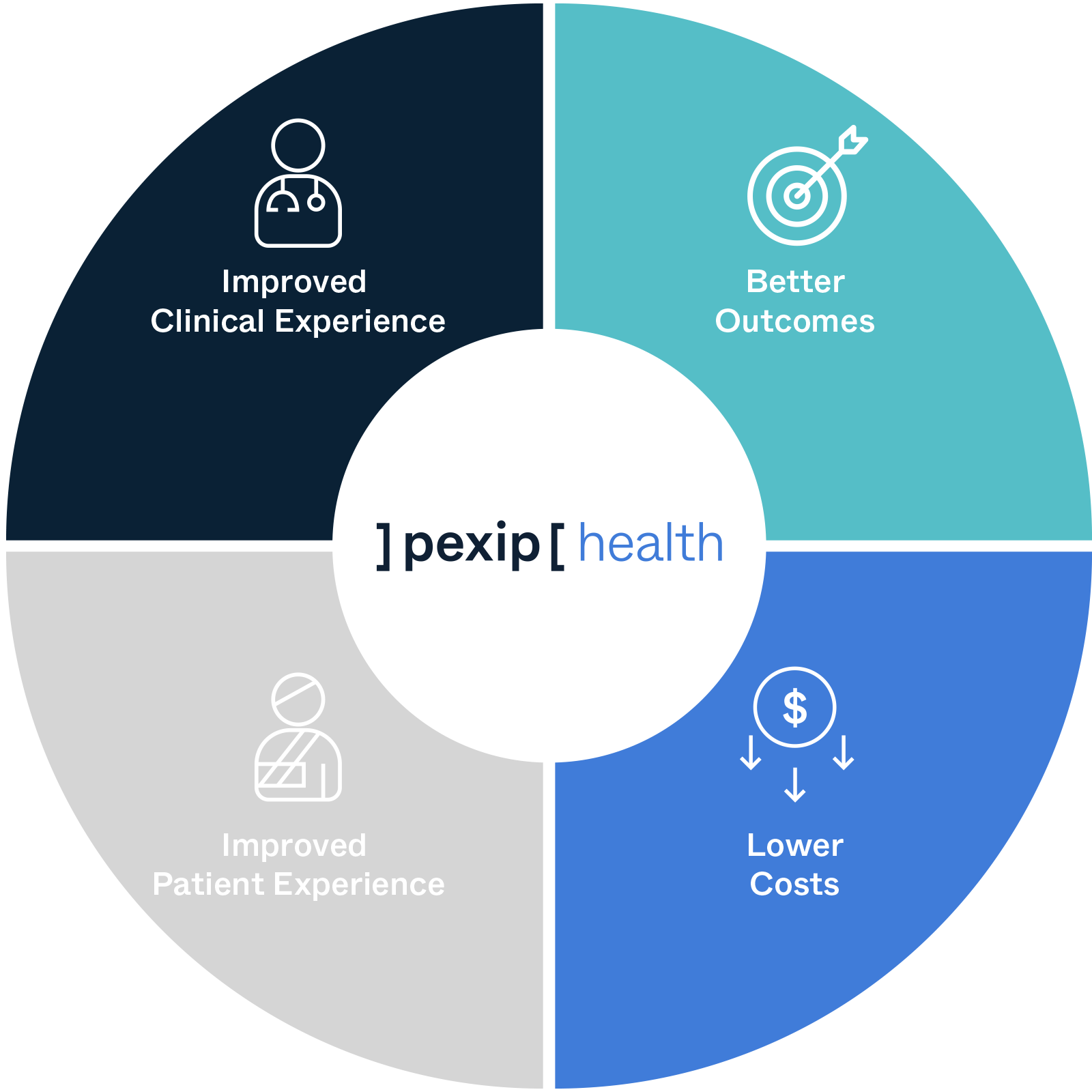
Many times, family can even transport them safely, and they can go straight home to receive the supportive services that are a part of the program.Īlongside the benefit of being able to move patients quickly, health systems find that Rehabilitation Care at Home is a cost-effective solution to the challenge of creating available post-acute beds. When a hospitalized patient needs SNF-level care and they are found to be appropriate for home placement, there is no waiting period to get into their own living room. In contrast, when Rehabilitation Care at Home is adopted by a health system, the positive impacts for the providers and patients are immediate. Rehabilitation Care at Home and its value to health systems

That health systems are taking it on despite these challenges shows how serious this issue has become for local and regional communities. This requires an infrastructure (including staffing and square footage) and an approach to administration that falls outside of the normal course of hospital business operations. Health systems looking for solutions have resorted to approaches such as opening in-hospital SNFs to provide care to patients. The resultant difficulties in maintaining open staffed beds have led to bottlenecks in discharging patients to post-acute care, and to hospital admissions for patients whose physicians have recommended SNF placement from home for supportive care.

With the current healthcare workforce shortage, SNFs have struggled along with the rest of the industry in a survey conducted by the American Health Care Association, 87% of SNFs reported facing moderate to high staffing shortages. In a typical scenario, some patients at the end of their hospital need to be transferred to a SNF for continued care and rehabilitation activities such as physical therapy (PT), occupational therapy (OT) as well as skilled nursing care and other services. To understand the ways in which Rehabilitation Care at Home positively impacts communities and hospitals, it’s helpful to first understand how traditional SNFs impact health systems and patients. Traditional skilled nursing facilities and their impact Because of this, it is a clear leader in skilled nursing care moving forward, and more hospital systems recognize this every day. Rehabilitation Care at Home offers a ready-made solution for these challenges, and it is also returning excellent outcomes for all stakeholders involved. This is especially evident in an era of historic SNF bed shortages that has resulted in frustration for patients who need SNF placement and for hospital systems who rely on these facilities as a resource to move patients to. Now into its sixth year, the value of this program to local communities and hospitals continues to shine.

In 2017 Contessa introduced a unique alternative to subacute rehabilitation (SAR) and traditional skilled nursing facilities (SNFs): our Rehabilitation Care at Home program.


 0 kommentar(er)
0 kommentar(er)
